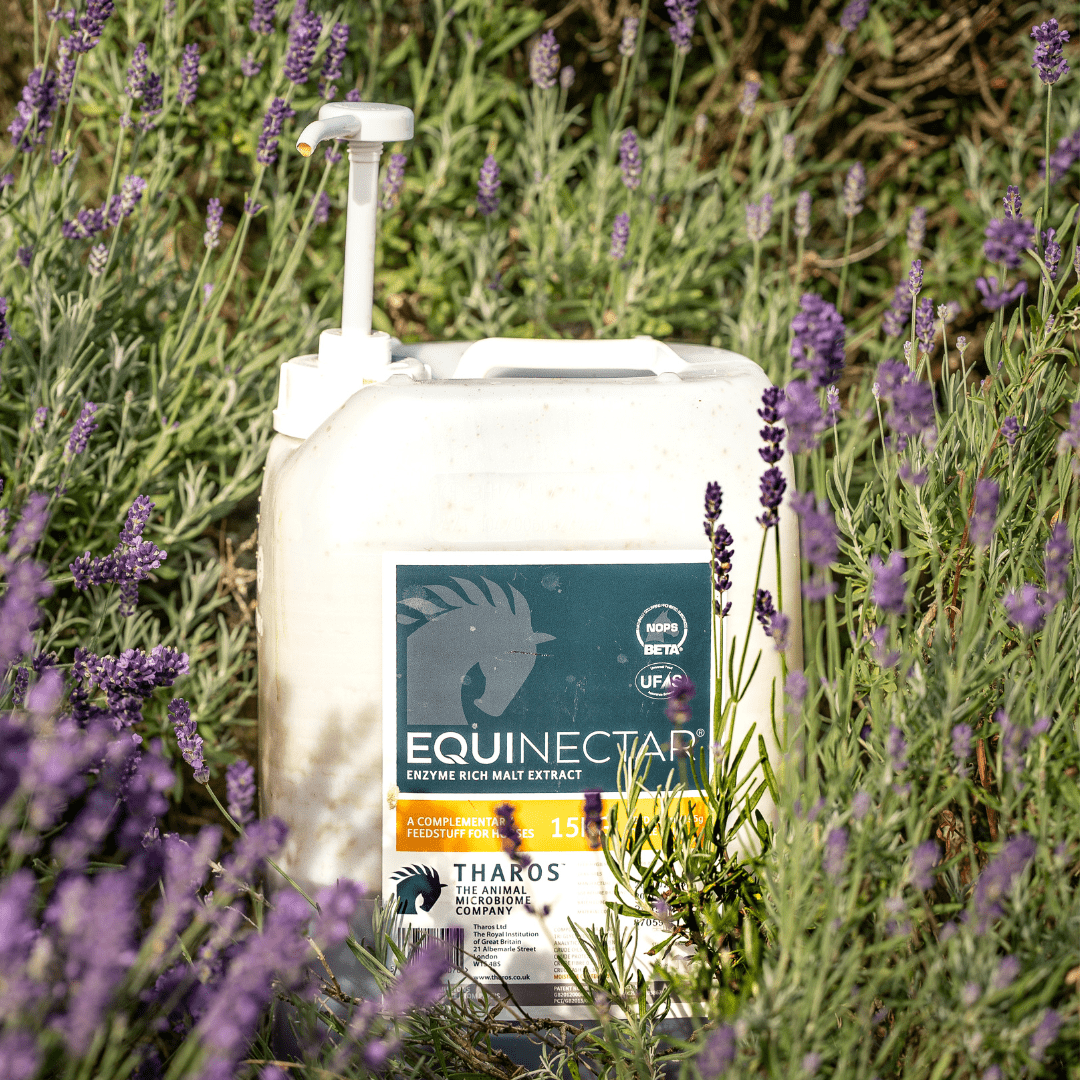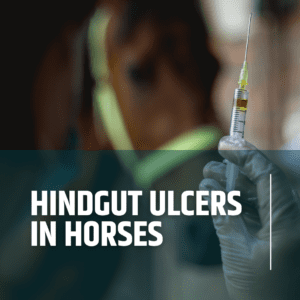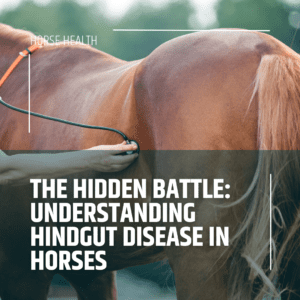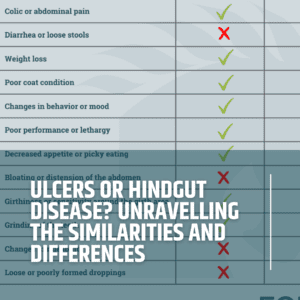01
Introduction
Summer grazing presents both opportunities and challenges for horse owners across the United Kingdom. While most horses thrive on summer grass, the seasonal increase in sugar content - particularly fructans - poses significant health risks that require careful management. Understanding these fluctuations and their consequences is essential for maintaining equine health during the warmer months.
02
Understanding Grass Sugar Dynamics
Grass sugars, primarily in the form of fructans, are produced through photosynthesis as plants convert sunlight into energy for growth (2). During summer, these sugar levels can reach concerning heights.
The process of sugar accumulation is directly linked to environmental conditions. Grass produces sugars when it is green, leafy, and exposed to direct sunlight. The longer the sun remains on the grass, the more photosynthesis occurs, leading to higher fructan levels. Summer's extended daylight hours create ideal conditions for sugar production, with levels typically peaking during late afternoon and early evening (3). Conversely, grass utilises these stored sugars during shaded periods and throughout the night for growth and maintenance.
Temperature fluctuations also play a crucial role. Cool nights followed by warm, sunny days create particularly hazardous conditions, as grass produces sugars during the day but cannot utilise them effectively in cooler temperatures. This combination results in dangerous accumulations that can persist for extended periods.
03
Health Consequences of High Grass Sugars
The elevated sugar content in summer grass poses multiple health risks, particularly for horses with metabolic sensitivities. Laminitis represents perhaps the most serious concern, with excessive sugar intake capable of triggering this painful and potentially debilitating condition affecting the hooves (4).
Once a horse has experienced laminitis, they often become permanently sensitive to diets containing high levels of non-structural carbohydrates (NSC). Veterinary guidelines recommend maintaining NSC content below 10% in the diet of susceptible horses, requiring careful monitoring of both feed and forage sources (1).
Insulin resistance presents another significant concern, particularly in horses predisposed to equine metabolic syndrome (EMS) (4). These animals struggle to regulate blood sugar levels effectively, making them vulnerable to the dramatic fluctuations present in summer grass. The resulting metabolic stress can contribute to weight gain, exacerbating the condition and creating a dangerous cycle of increasing sensitivity.
Digestive disruption frequently occurs when horses consume high-sugar grass. The sudden intake of rich forage can overwhelm the digestive system, particularly if horses have been accustomed to lower-quality winter feed. The microorganisms in the hindgut may lack the necessary adaptations to process high fructan levels, leading to bacterial die-off and the release of toxins. This process increases gut acidity and can result in colic, whilst the absorbed toxins may contribute to laminitis development.
Behavioural changes often accompany high sugar intake, with horses becoming excitable, difficult to handle, or displaying mood swings. The sugar spikes can create energy fluctuations that affect temperament, whilst digestive discomfort may manifest as irritability or reluctance to work.
04
The Rye Grass Problem
Rye grass, whilst popular among farmers for its resilience and ability to withstand heavy grazing, presents particular challenges for horses (5). This grass variety combines high sugar content with poor digestibility, creating a perfect storm for equine health issues. Unlike timothy or native meadow grasses (6,7), rye grass retains problematic characteristics even when converted to hay or haylage, especially if harvested at late maturity.
The high sugar content in rye grass can trigger metabolic disturbances, whilst its poor digestibility may contribute to undernutrition despite adequate grass availability (5). Horses grazing rye grass-dominant pastures frequently experience digestive upset, including bloating, discomfort, and changes in stool consistency. The structural carbohydrates present in mature rye grass prove particularly challenging for equine digestion, potentially leading to inefficient nutrient absorption and increased colic risk.
For livery customers with limited control over pasture composition, managing rye grass exposure becomes particularly challenging. These horse owners must rely on alternative strategies such as grazing muzzles or seeking grass-free turnout areas to limit their horses' exposure to unsuitable forage.
05
Strategic Management Approaches
Effective summer grass management requires a multifaceted approach combining timing, restriction, and environmental awareness. The most critical factor involves understanding optimal turnout times. Since grass sugars accumulate during daylight hours and diminish overnight, strategic timing can significantly reduce exposure risks.
The safest turnout window typically falls between 10 PM and 6 AM, when sugar levels remain at their lowest (8). During these hours, grass has utilised stored sugars for growth and maintenance throughout the night, whilst morning sun has not yet triggered significant photosynthesis. For horse owners unable to adjust turnout schedules, implementing grazing restrictions becomes essential.
Grazing muzzles provide an effective compromise, allowing horses outdoor access whilst limiting grass consumption. Strip grazing offers another solution, rotating horses through smaller paddock sections to prevent overconsumption whilst maintaining turnout opportunities. These approaches prove particularly valuable for horses with known metabolic sensitivities or previous laminitis episodes.
Environmental monitoring requires attention to grass condition and stress factors. Drought-stressed grass retains higher sugar concentrations, appearing yellow to brown rather than healthy green. Overgrazed, short grass also presents risks, as sugars concentrate in lower stem portions and roots. Avoiding turnout on stressed pastures helps prevent exposure to concentrated sugar sources.
Pre-turnout feeding strategies can reduce the likelihood of grass gorging. Providing hay or a suitable low-NSC feed before turnout helps satisfy hunger and reduces the drive to consume large quantities of fresh grass quickly.
06
The Role of EquiNectar in Summer Grass Management
EquiNectar offers a targeted approach to managing the challenges posed by high summer grass sugars. This digestive enzyme supplement helps horses break down starches and fructans in the small intestine, preventing these carbohydrates from reaching the hindgut where they can ferment and cause problems.
The supplement's mechanism of action proves particularly relevant during periods of high grass sugar levels. By facilitating proper digestion of fructans in the small intestine, EquiNectar reduces the likelihood of hindgut fermentation, which can lead to acidosis, bacterial imbalances, and the release of harmful toxins. This preventive approach helps maintain gut health during challenging periods.
Customer testimonials consistently highlight improvements in horses struggling with digestive issues, behavioural problems, and metabolic concerns. Many owners report significant transformations in their horses' comfort levels, with reductions in symptoms such as girthiness, grumpiness, and digestive upset. These improvements prove particularly valuable for horses grazing high-sugar pastures where complete dietary control remains impossible.
The supplement proves especially beneficial for horses with limited management options, such as those kept at livery yards where pasture composition cannot be controlled. In these situations, EquiNectar provides an additional layer of protection against the harmful effects of unsuitable grass varieties and elevated sugar levels.
07
Seasonal Monitoring and Adaptation
Successful summer grass management requires ongoing vigilance and adaptation to changing conditions. Regular monitoring of grass sugar levels through services like GrassCheckGB provides valuable insights into current risk levels. However, local conditions can vary significantly from regional averages, making visual assessment equally important.
Horse owners should develop skills in recognising signs of grass stress, optimal growth stages, and environmental conditions that promote sugar accumulation. This knowledge enables proactive management decisions, such as temporary turnout restrictions during high-risk periods or increased supplementation when conditions deteriorate.
Body condition monitoring becomes crucial during summer months, as the palatability of rich grass can lead to rapid weight gain in susceptible horses. Regular assessment allows for timely dietary adjustments and helps prevent the development of obesity-related health issues.
08
Conclusion
Managing summer grass sugar levels requires a comprehensive understanding of plant physiology, equine metabolism, and practical management strategies. The combination of extended daylight hours, optimal growing conditions, and specific grass varieties creates challenging conditions that demand proactive intervention.
Success depends on implementing multiple complementary approaches: strategic turnout timing, grazing restrictions, environmental monitoring, and appropriate supplementation. Products like EquiNectar provide valuable support by addressing the digestive challenges associated with high-fructan grass, particularly when complete environmental control proves impossible.
The key lies in recognising that summer grass management represents an ongoing process rather than a one-time solution. Conditions change rapidly, and successful horse owners must remain vigilant, adaptable, and informed about the latest developments in grass sugar monitoring and management techniques. Through careful attention to these factors, it becomes possible to maintain equine health and wellbeing throughout the challenging summer grazing season.
References
1. Durham, A. E., Frank, N., McGowan, C. M., Menzies-Gow, N. J., Roelfsema, E., Vervuert, I., Feige, K., & Fey, K. (2019). ECEIM consensus statement on equine metabolic syndrome. Journal of veterinary internal medicine, 33(2), 335–349. https://doi.org/10.1111/jvim.15423
2. Kentucky Equine Research. (2020, April 28). Horses, Grass, and Fructans. https://ker.com/equinews/horses-grass-and-fructans/
3. Paulick Report. (2024, May 17). How Sweet It Is: When Are Sugar Levels In Grass Lowest? https://paulickreport.com/horse-care-category/how-sweet-it-is-when-are-sugar-levels-in-grass-lowest
4. Stefaniuk-Szmukier, M., Piórkowska, K., & Ropka-Molik, K. (2023). Equine Metabolic Syndrome: A Complex Disease Influenced by Multifactorial Genetic Factors. Genes, 14(8), 1544. https://doi.org/10.3390/genes14081544
5. Nedas, B. (2024, May 16). Understanding grass varieties: implications for horse digestibility and sugar content. EquiNectar. https://equinectar.com/2024/05/understanding-grass-varieties-implications-for-horse-digestibility-and-sugar-content/
6. S. Ragnarsson and J. Lindberg, "Nutritional value of timothy haylage in icelandic horses", Livestock Science, vol. 113, no. 2-3, p. 202-208, 2008. https://doi.org/10.1016/j.livsci.2007.03.010
7. A. Silva, J. Lucena, J. Santiago, D. Melo, D. Silva, H. Assiset al., "Nutrient digestibility in horses of tropical grasses found in semi-arid areas of the brazilian northeast region assessed using mobile bags", Revista Brasileira De Zootecnia, vol. 50, 2021. https://doi.org/10.37496/rbz5020200206
8. Rowen Barbary. (2021, July 29). Summer Grazing. Rowen Barbary. https://rowenbarbary.co.uk/blog/summer-grazing/
ABOUT EQUINECTAR
Description
EquiNectar® is a natural feed supplement, that is scientifically proven to:
- Re-balance your horse’s gut bacteria
- Help your horse maximise benefits from its feed
- Improve your horse’s condition
More information
EquiNectar® is produced by Tharos Ltd in the UK. It is a natural source of digestive enzymes and contains only the following ingredients:
- Our patented enzyme rich malt extract
- Medium chain triglycerides (from coconut oil)
- Potassium sorbate
For more details of the enzymes within EquiNectar® take a look at the ingredients and enzymes page.
How to feed
Simply add EquiNectar® to your horse's daily feed, using the Feeding Rate chart to determine the correct amount.
For detailed instructions about how to introduce EquiNectar, please read the comprehensive Feeding Guide page.






